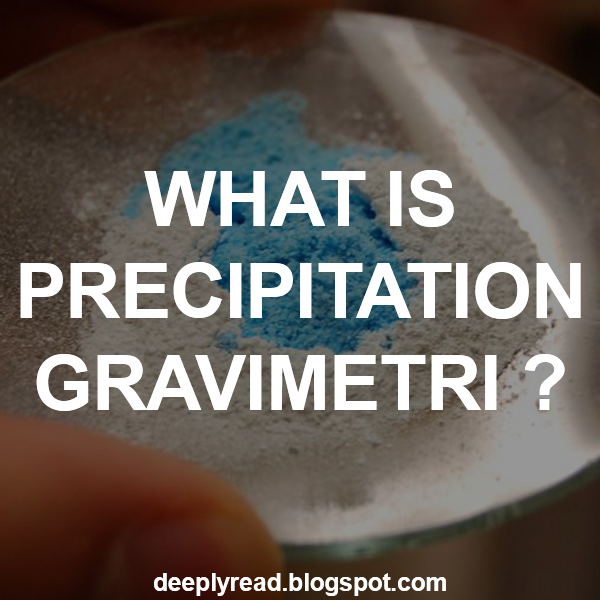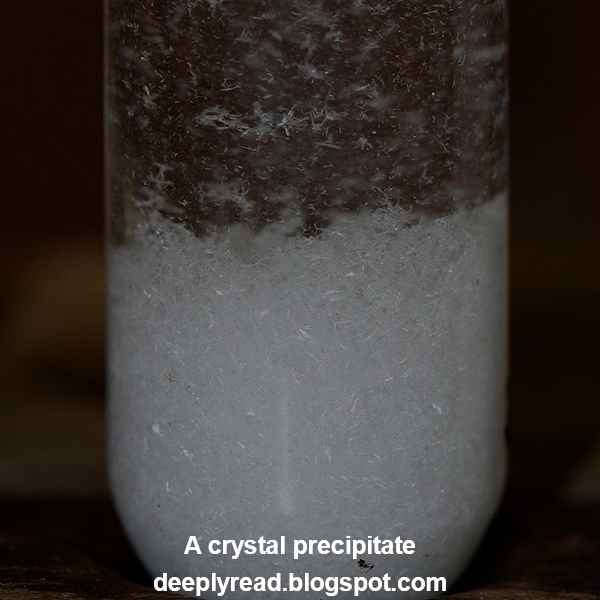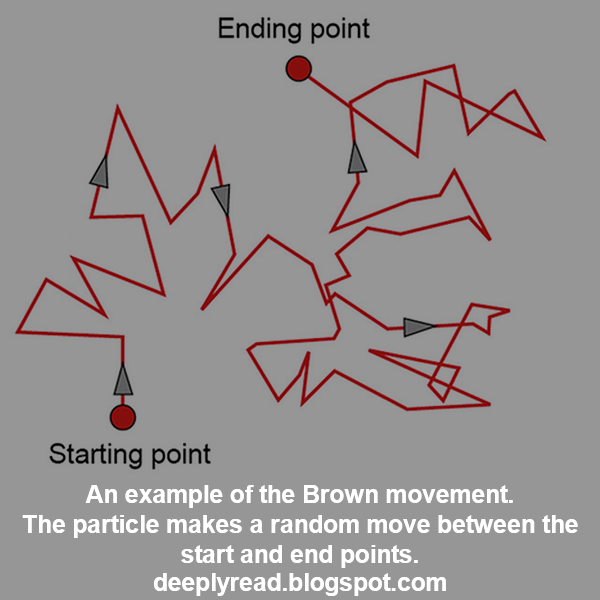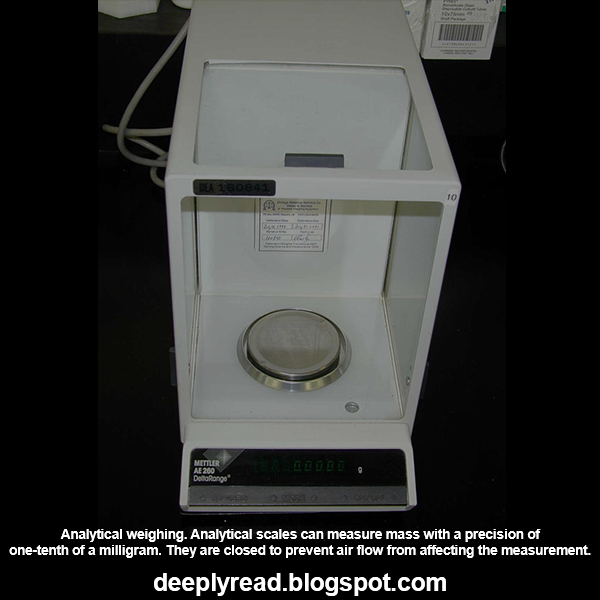Precipitation gravimetry is a method of analysis based on precipitation of poorly soluble solids. After we turn the substance into a sediment and precipitate it, we analyze it by passing it through various processes. The most important thing for us when applying this method is the property of the sediment we get. Sediments should be easily filtered, washed without loss of substance, and not reacted with atmospheric compounds. Chemists divide sediments into two according to their particle size: Crystal sediments and colloidal sediments.

Sediment types and structures
Although the process of precipitation has been studied for a long time by chemists, its dynamics are not fully understood. One of the most important works on this subject is von Weymarn's theory of precipitation. According to this theory, the factors that determine the size of the sediment to be formed are the concentration of matter, temperature and mixing speed. Von Weymarn, 20. at the beginning of the century, he defined a concept that he called relative supersaturation (Ing: "relative supersaturation" or "RSS" for short). According to Von Weymarn, this concept determines the size of the particles that will be formed. In the rest of our article, we will shorten the relative saturation as RSS.

Where Q represents the instantaneous matter concentration and S represents the instantaneous resolution value. As RSS values change, the size of the particles that are formed changes.
Crystal Precipiates
Deposits that are larger than 10^-4 meters in size of particles in their structure are called crystal precipiate. Crystal precipiates, visible to the eye. The large size allows us convenience in the filtration process and reduces product loss, for which chemists prefer Crystal sediments for precipitation gravimetry. A large size of particles leads to relatively less surface area, and thus less contamination of the product. Crystal sediment formation occurs at low RSS values, meaning that we can follow the following ways to obtain Crystal sediment.
- Keeping the Q Value Low: gradually adding substances so that the instantaneous substance concentration is low reduces the Q value.
- Keeping the S Value High: using a suitable solvent to keep the resolution high, changing the pH values of the medium if necessary increases the S value.

Colloidal Precipiates
Sediments with particle sizes between 10^-7 and 10^-4 centimeters in their structure are called colloidal sediments. The fact that the size of the particles is so small creates two problems when applying this technique: that the sediment is difficult to filter and that the sediment formation is difficult.
Although the first problem is more understandable, the second problem is a little more interesting. How small particle size can affect sediment formation? The answer to that is the Brown movement.
Brown motion is the theory that describes the random motion of particles. It was first observed by Robert Brown while studying pollen in water with a microscope and described by Albert Einstein in 1905. According to Einstein, the random movement of pollen particles is due to water molecules that constantly hit them, the chaotic movement in the environment also leads to the movement of pollen to be chaotic. The same situation applies here. Colloidal sediments are lighter in mass than Crystal sediments due to their small size, so they act Brown rather than collapse to the bottom of the water under the influence of gravity, like Crystal sediments.

The small size of the particles leads to a relatively large surface area, resulting in greater contamination compared to crystal deposits. Colloidal deposition occurs at high RSS values, meaning that we can follow the following paths to obtain colloidal deposition.
- Keeping the Q Value High: Adding substances at once increases the Q value so that the instantaneous substance concentration is excessive.
- Keeping the S Value Low: Using a solution with a low solubility of the substance to keep the resolution low, changing the pH value of the medium if necessary reduces the S value.
Problems of Von Weymarn's Sediment Theory
The concept of RSS, unfortunately, is not perfect. It's just an approach, and there are cases where it doesn't match the experimental results. As a simple example, let's look at silver chloride and barium sulfate precipitates: the molar solubility of silver chloride and barium sulfate is close to each other. If the RSS concept were exactly correct, the two would form sediments in the same way under similar conditions, but barium sulfate forms Crystal sediments while silver chloride forms colloidal sediments. However, for general uses, the concept of RSS usually works well.
Sediment Formation Mechanisms
When we examine sediment formation at the micro level, we see two mechanisms that compete with each other. The mechanism that wins the competition determines the structure of the sediment that will be formed. These two mechanisms are called nucleation and crystal growth. Nucleation is the name given to the fusion of several atoms, ions, or molecules to form a stable structure. Crystal growth occurs after the nucleation process and is the name given to the growth of the length of particles as a result of the accumulation of matter in the particles that are formed.
If nucleation outweighs it, we observe small but outnumbered particles in our solution. If crystal growth outweighs it, we observe large but outnumbered particles in our solution. We can interpret this process by thinking together with RSS. We have said that the instantaneous concentration of high RSS value is high, this high concentration greatly accelerates the nucleation process. If we look at the opposite, because the instantaneous concentration at a low RSS value is low, the accumulation of matter occurs around the particles formed after nucleation, and the size of the particles grows.

Stages Of Analysis
- Precipitation: at this stage, we precipitate the substance that we will analyze by adding a precipitator.
- Maturation: our goal at this stage is that the sediment we will obtain is more suitable for analysis. The sediments obtained as a result of maturation are larger in length and more pure. During the maturation process, we heat the solution, reduce the concentration of the substance if necessary, or change the pH value of the solution. This step is very important for our analysis, if we can't filter properly or if there are impurities in our sediment, our analysis will be wrong. It is impossible to get rid of contamination, our goal is to minimize this along with maturation.
- Filtration: this is the state of separation of the sediment obtained from the solution as a result of filtration.
- Washing: the sediment is washed using a suitable substance and free from impurities. The washer we use should not react with sediment.
- Drying: since our method is about measuring mass precisely, any additional mass leads us to find an erroneous result. As sediments form, we heat and remove the water molecules that are stuck together or contained in the structure of our sample as a result of capturing moisture from the air.
- Weighing: the mass of our sample is measured using analytical weighing. Since we know the substances that make up the sediment, we find the amount of analyte based on this mass value.

Result
Gravimetric analysis gives very precise and accurate results if applied correctly. The mass of some elements in the periodic table was determined as a result of gravimetric analysis. It is also much cheaper compared to modern chemical techniques. Because it gives such precise results and is cheap, it is used in laboratories to calibrate other tools and solutions.
Although of course it has so many advantages, there are also disadvantages. The hardest part of applying precipitation gravimetry is finding the appropriate precipitator. Selectivity is very important in solutions where there are more than one element, and unfortunately, the desired selectivity cannot always be achieved. Modern instrumental techniques can be analyzed both faster and with more than one element.